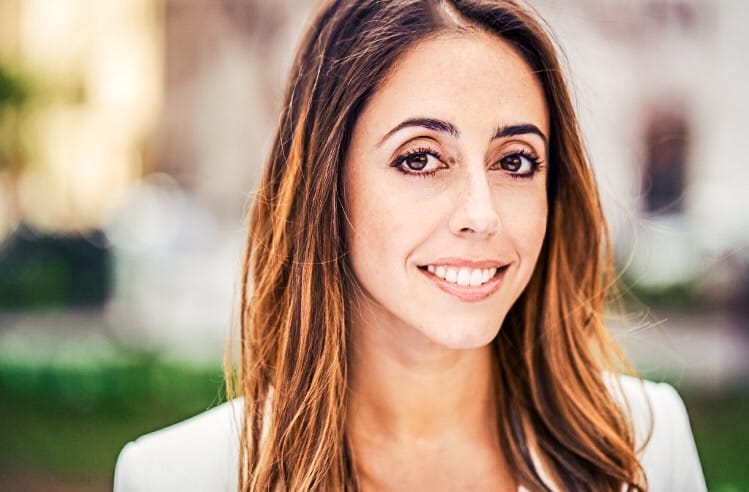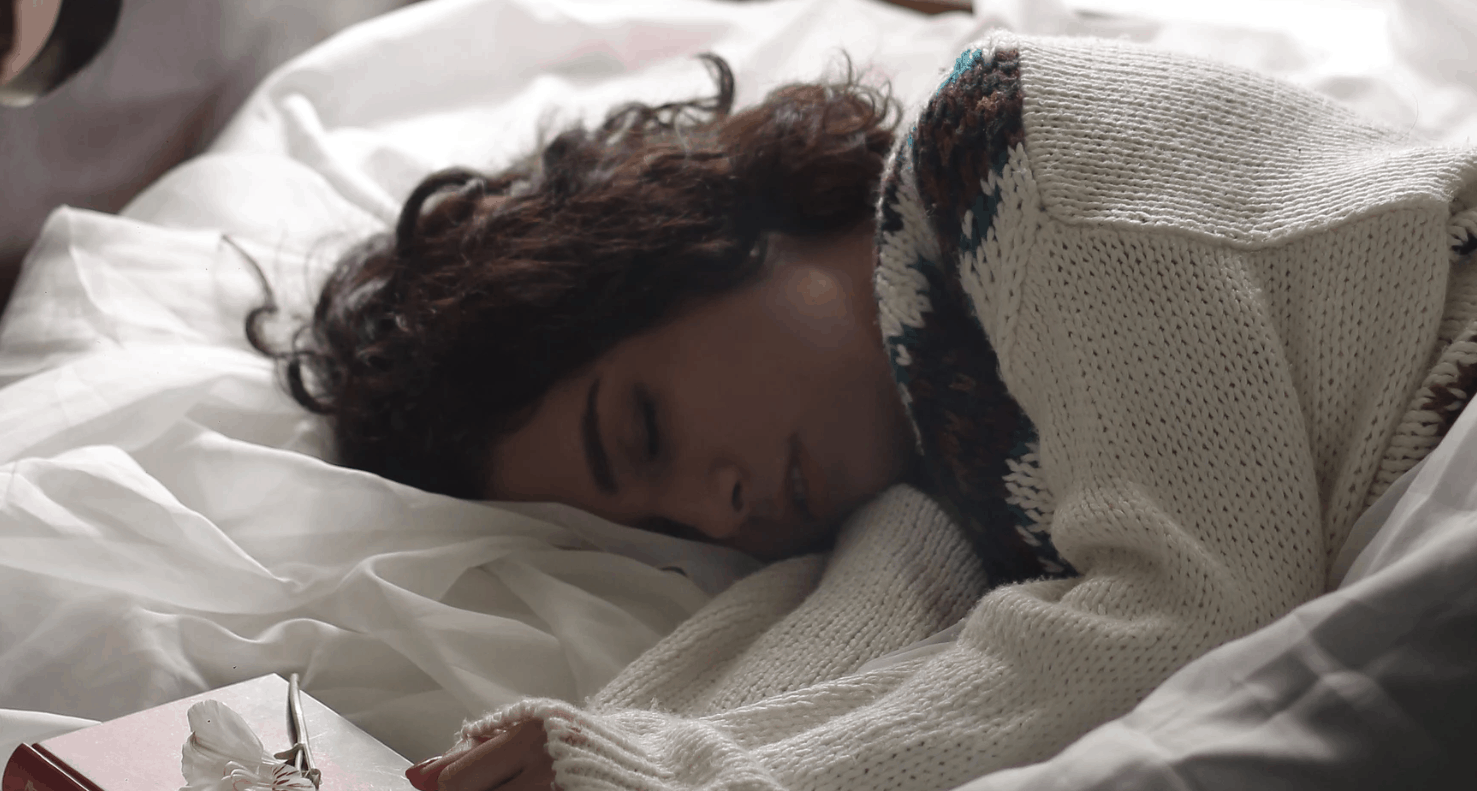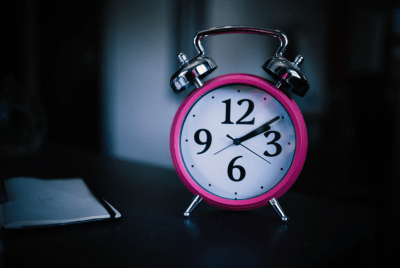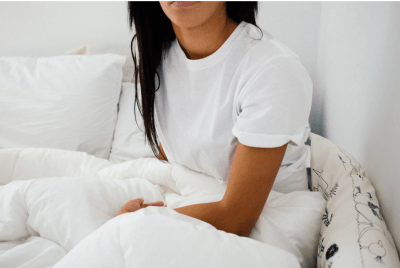“I’m not a good sleeper.” “I haven’t slept well since childhood.” Sound familiar? Like a script you’ve repeated for months, even years? According to Yale-trained sleep specialist Dr. Courtney Bancroft, this kind of self-talk could be the reason you have trouble catching Zzz’s even after insomnia treatment. Not sleeping has become more than a nightly struggle. It’s who you are.
Well, it doesn’t have to be. Join me as I chat with Dr. Bancroft about the power of our internal narrative, sleeping in trees, and how a drug-free treatment for addiction is helping chronic insomniacs rest easy.
How did you become interested in treating sleep disorders?
I wanted to make sure I was trained in what was most helpful to patients. The need for sleep work is huge in primary care. I opened a private practice in New York City and also work in a primary care clinic, where I train physicians and residents.

You utilize a treatment called auricular acupressure beads. How do the beads work?
Before I specialized in sleep, my work was focused on addiction. I was trained in NADA, which is an acupuncture protocol based in Chinese medicine. Not only does it help with addiction, it helps with sleep and relaxation.
In addition to needles, beads and seeds can be used. Each part of the ear corresponds to a different body part, such as the GI system. The beads are magnetic and can be pressed to different points on the body. Once they’re attached to the skin, the patient can press on them for up to a week for even more effect.
CBT-I has been proven very effective in treating chronic insomnia. In your experience, does the entire protocol need to be practiced for insomnia to improve, or do some people only need, say, sleep restriction or stimulus control therapy?
It’s like a recipe. There’s no one answer; every problem and how it came about is different. I tend to adhere to the protocol of CBT-I, but am also flexible in adapting the order of the modules. I do an extended first session with each patient to find out who they are, what their sleep environment is like, when they’re eating, and what their narrative is about sleep. All of these things impact my decisions about treatment.

Why is mindfulness so important in the treatment of insomnia?
The concept of mindfulness is crucial. Am I mindful of what time it is? Am I running around at 11:30 at night with the lights on? If so, I’m not creating a good environment for sleep. For some people, the body is where they hold tension, while other people are much more in their heads. I recommend meditation and mindfulness for those patients.
The arousal drive is the basis of chronic insomnia. It’s always on, constantly trying to decipher, is this a threat or not a threat? It’s similar to fight or flight, and gets interpreted by the body as life and death. When you have chronic insomnia, not sleeping itself becomes a threat, which turns on the arousal drive even more.
What are the options for people who don’t have success with CBT-I?
In my experience, the people it doesn’t work for are the people who don’t do it. Some patients with other illnesses may need treatment for those conditions first, but I haven’t seen anyone who hasn’t benefited at all.
There are people whose identities are tied to insomnia. If they didn’t have trouble sleeping, they’d lose a piece of themselves. For some people, not sleeping is a badge of honor. These narratives are rooted in real experiences, each patient’s history, and the American culture, and may be subconscious. No one would be expected to have insight into them unless they sought help and worked on them with a trained specialist.
What do you wish everyone knew about sleep?
That it’s possible. During my first session with a new patient, I like to instill a sense of hope. We’re going to figure this out. Sleep is a natural process. We’re built to sleep. We’re built to sleep in a cave on rocks or in trees. It shouldn’t take effort.
A big thank you to Dr. Bancroft for chatting with Sleepopolis! Find out more about her on her website, Facebook, Twitter, and Instagram.

